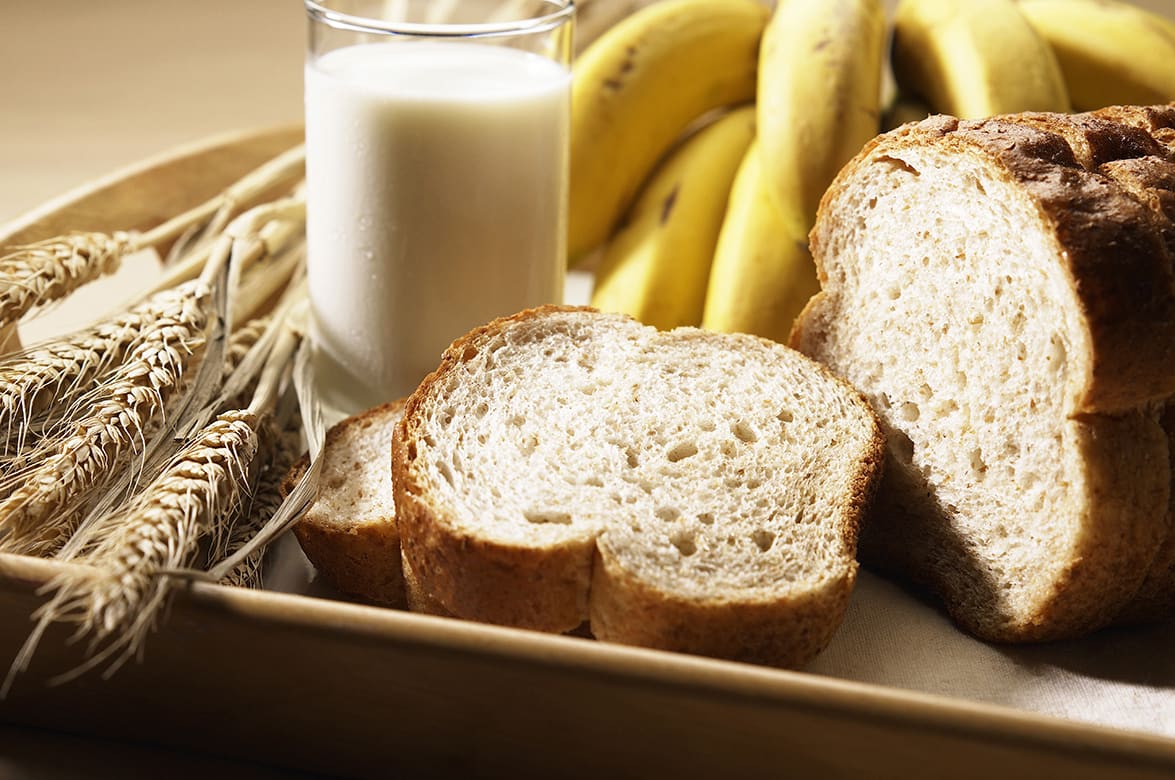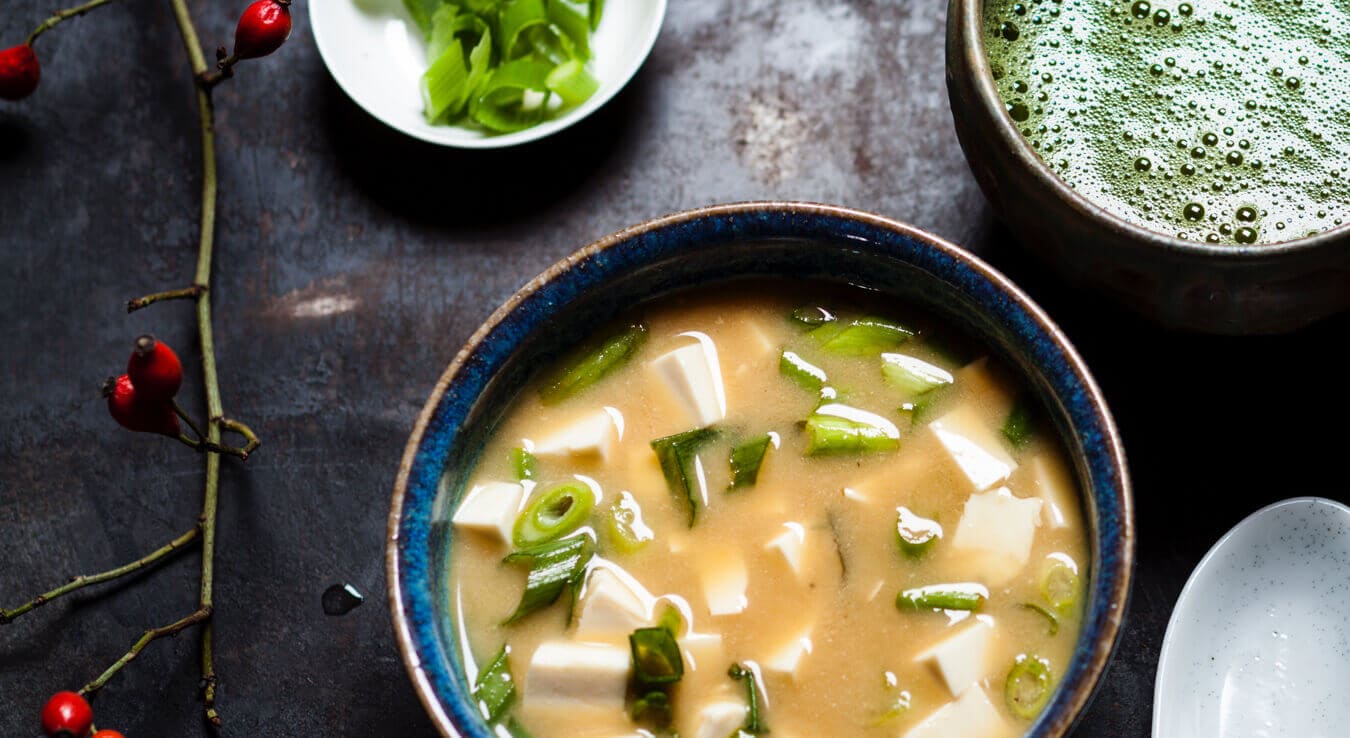This content was produced for the foundry @ Meredith Corp. Health editorial staff was not involved in its creation or production.
horizons
Transitioning to a Bland Foods Diet
Foods that are easier on the digestive system may help allay side effects from treatment.
What you eat can affect how you feel. As you go through lung cancer treatment, your nutritional needs may shift. While there’s no perfect diet for every cancer patient, a diet made up on bland foods is easier on the digestive system, and may help you get the nutrients you need to fuel your body.
WHAT TO EAT
The goal of a bland foods diet is to help give the digestive system a rest. It’s made up of foods that are soft, cooked (rather than raw), low in fiber and not spicy.
Here are some examples:
- Cooked vegetables
- Fruit and vegetable juices
- Low-fat or fat-free milk and dairy products
- Pudding and custard
- Eggs
- Bread
- Soup
Foods to avoid while on a bland foods diet include:
- Raw vegetables
- Fatty dairy products
- Bread, crackers or pasta made from whole grains
- Seeds and nuts
- Fried foods
- Sugary foods
- Strong spices, such as hot pepper and garlic

WHEN TO EAT
When you’re on a bland foods diet, it’s best to eat several small meals during the day. Help your digestive system and ease treatment side effects by avoiding foods that are very hot or very cold. Chewing your food slowly and making sure you’re getting plenty of fluid can also go a long way.
NUTRITION HELP
Eating the right kinds of foods during treatment may help you feel better and stronger. Consider adding a registered dietician or nutritionist to your health care team to help manage your diet during and after cancer treatment. Ask your doctor to refer you to a specialist who works specifically with lung cancer patients.




